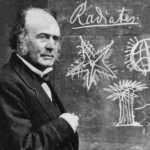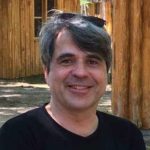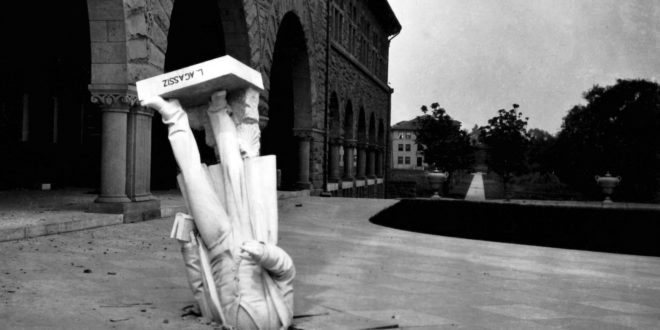Podcast: Play in new window | Download (Duration: 42:25 — 33.0MB)
 Interchange took a break this week. As a substitute, here’s a conversation with Christoph Irmscher about Louis Agassiz for your edification and your listening pleasure. This first aired on June 8, 2013 as part of the summer series The Custom House.
Interchange took a break this week. As a substitute, here’s a conversation with Christoph Irmscher about Louis Agassiz for your edification and your listening pleasure. This first aired on June 8, 2013 as part of the summer series The Custom House.
Louis Agassiz, born in 1807 in Fribourg, Switzerland, came to the US in 1846 and very quickly became one of the most influential men in the development of the practice of science in America.
A co-discoverer of the Ice Age, he is often portrayed as a racist proponent of miscegenation (which he was) and a failure as a theorist of human development–as the scientist who refused to see species in the light of Darwinian evolution on religious grounds. But as our guest the biographer Christoph Irmscher shows, Louis Agassiz was one of the most influential men in the development of Amercian Science.
Erza Pound used Agassiz’s method in his ABC of Reading: “The proper METHOD for studying poetry and good letters is the method of contemporary biologists, that is careful first-hand examination of the matter, and continual COMPARISON of one ‘slide’ or specimen with another. No man is equipped for modern thinking until he has understood the anecdote of Agassiz and the sunfish.”
A post-graduate student equipped with honors and diplomas went to Agassiz to receive the final and finishing touches. The great man offered him a small fish and told him to describe it.
Post-Graduate Student: “That’s only a sunfish.”
Agassiz: “I know that. Write a description of it.”
After a few minutes the student returned with the description of the Ichthus Heliodiplodokus, or whatever term is used to conceal the common sunfish from vulgar knowledge, family of Heliichtherinkus, etc., as found in textbooks of the subject.
Agassiz again told the student to describe the fish.
The student produced a four-page essay. Agassiz then told him to look at the fish. At the end of three weeks the fish was in an advanced state of decomposition, but the student knew something about it.

GUEST
Christoph Irmscher teaches English at Indiana University, where he also directs the Wells Scholars Program. He is the author of Max Eastman: A Life, and several other books, including Louis Agassiz: Creator of American Science and Longfellow Redux.
CREDIS
Producer & Host: Doug Storm
Engineer: Jonathan Richardson
Executive Producer: Wes Martin
 WFHB Bloomington Community Radio
WFHB Bloomington Community Radio


